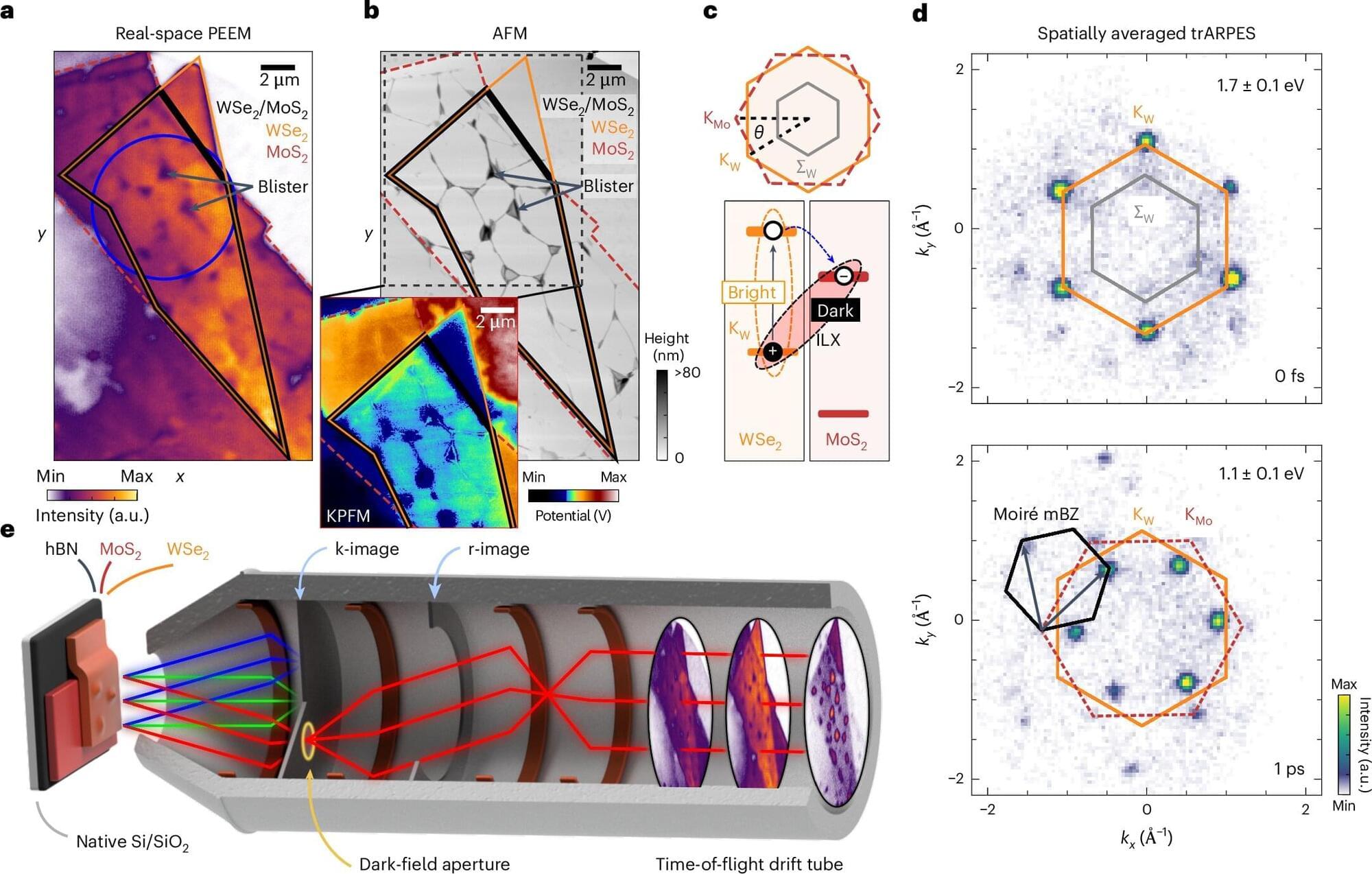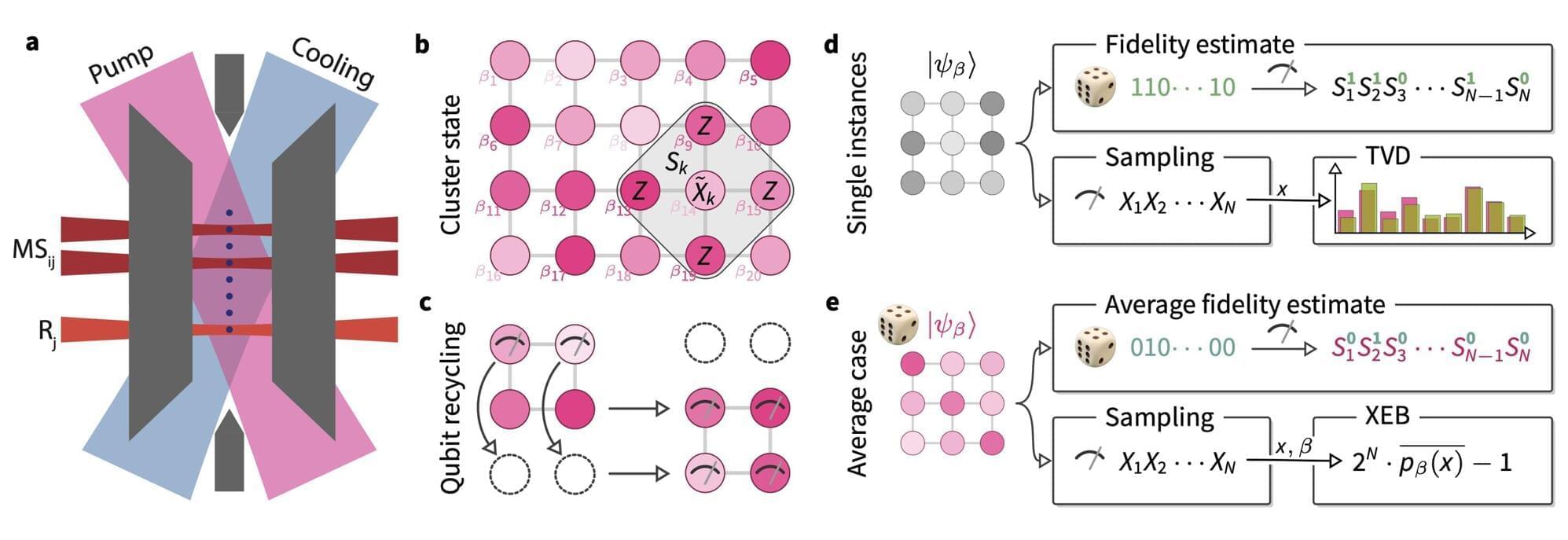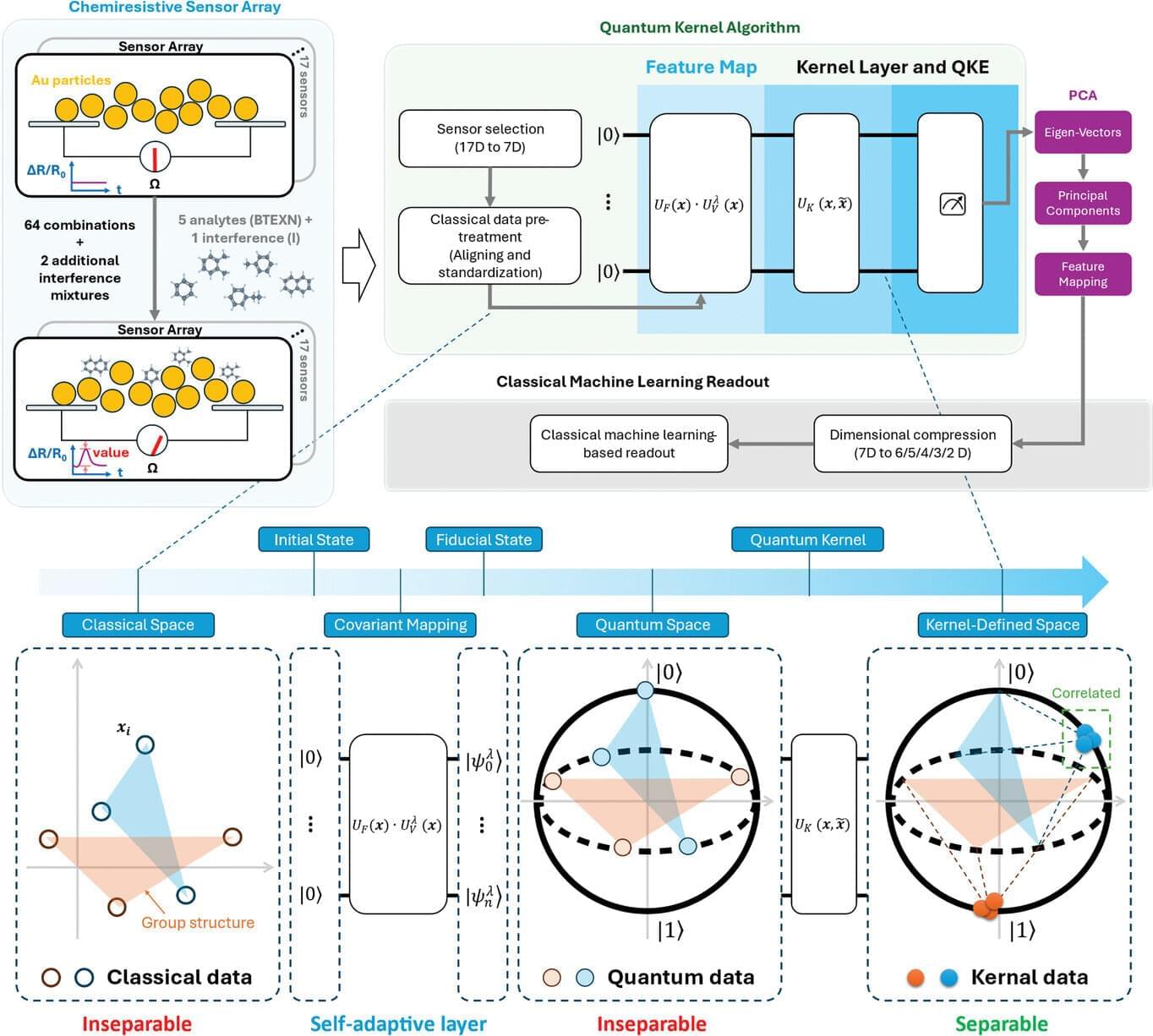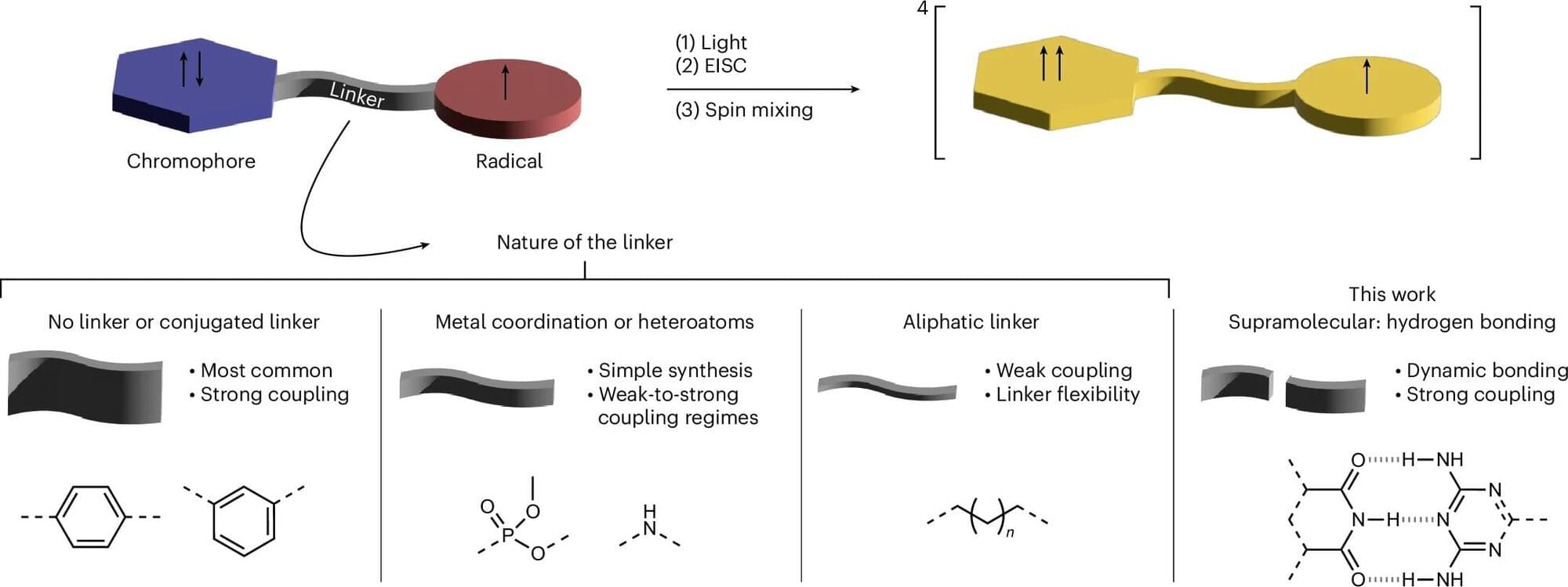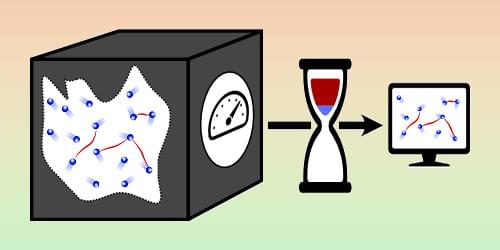How can the latest technology, such as solar cells, be improved? An international research team led by the University of Göttingen is helping to find answers to questions like this with a new technique. For the first time, the formation of tiny, difficult-to-detect particles—known as dark excitons—can be tracked precisely in time and space. These invisible carriers of energy will play a key role in future solar cells, LEDs and detectors. The results are published in Nature Photonics.
Dark excitons are tiny pairs made up of one electron together with the hole it leaves behind when it is excited. They carry energy but cannot emit light (hence the name “dark”). One way to visualize an exciton is to imagine a balloon (representing the electron) that flies away and leaves behind an empty space (the hole) to which it remains connected by a force known as a Coulomb interaction. Researchers talk about “particle states” that are difficult to detect but are particularly important in atomically thin, two-dimensional structures in special semiconductor compounds.
In an earlier publication, the research group led by Professor Stefan Mathias from the Faculty of Physics at the University of Göttingen was able to show how these dark excitons are created in an unimaginably short time and describe their dynamics with the help of quantum mechanical theory.
